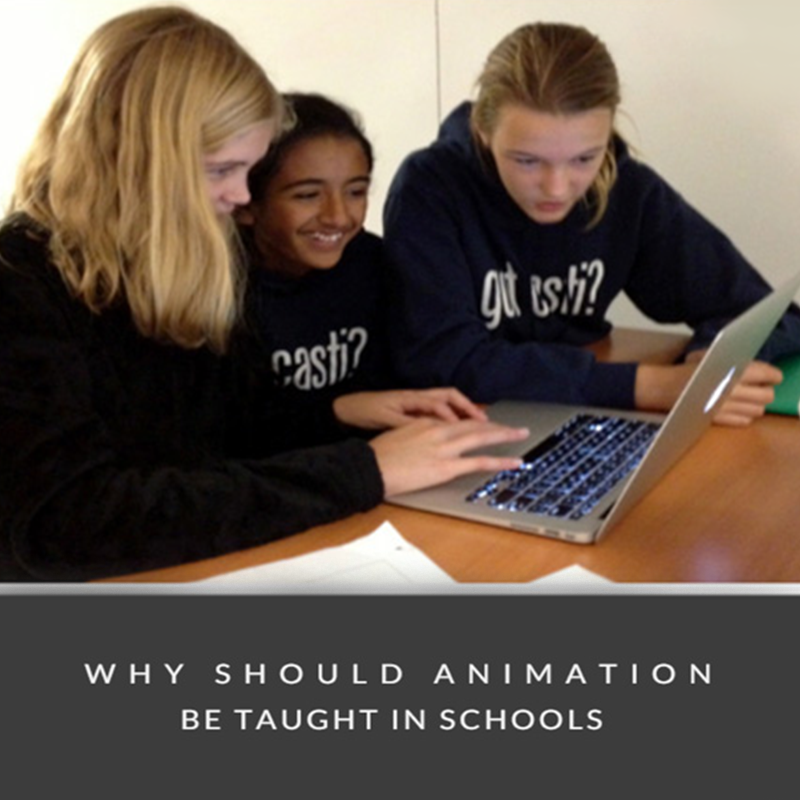Why should animation be a part of the course curriculum?

Teachers are always looking for new and better ways to educate the young. It’s even scientifically proven that retention of information is higher when it is communicated using both visual and verbal communication. Animation as a training medium offers exciting possibilities for engaging 21st-century learners. The use of animation in teaching can significantly enhance student learning if properly designed and implemented.
With the growing popularity of stop motion animation kits with students, animation has become much easier to do in classrooms and home.
Teachers can use animation in their teaching methodology to create exciting and fun animations in their teaching methodology. Instructors can also use animation to demonstrate things and concepts visually exactly how they want to since they have control of every aspect of the animation. It can be used to show how things come together and work together.
For example in science, computer animation can be used to show how our solar system works, and in math, a computer animation might show a student how to algebraically manipulate an equation. Other subjects such as English, foreign language, music, and art can also be taught using animation.
The creative potential of animation is enormous, and integrating animation activities into the school curriculum offers the possibility of tapping this potential to meet a range of educational objectives.
There are many resources offered by various ed-tech companies who teach students the art of animation. With the growing use of technology the scope for such animated courses is going to increase in the future.
The following are the benefits of Animation as an Affective Learning tool:
• Emphasizes development of students’ skills and understanding of creating and responding.
• Enables students to apply Imagination & Rational Thinking.
• Enables students to invent and explore multiple solutions to a problem.
• Enables students to understand the value of reflection and critical judgment in creative work.
• Facilitates positive peer interaction, including receiving and using feedback.
• Encourages self-motivation to create and problem solve.
• Uses artistic literacy as a natural enhancement to learning in other content areas.
• Fosters positive attitudes toward Art & Animation.
Powered by Froala Editor